Military intervention involves serious risks of regional destabilization.
The many actors stoking the long smoldering Syrian Civil War have now seen the conflict explode, following the Bashar al-Assad regime’s employment of sarin gas to stall the rebel advance in the Ghouta suburbs of Damascus.
In Syria, the Arab Spring has now mutated into a Sunni-Shi’a struggle creating a functional alliance between Saudi Arabia, the Gulf Emirates, Jordan, and (quietly) Israel, pitted against Iran, Syria, and a Shi’a-dominated Iraq. The permutations of this functional alliance are somewhat convoluted with Israel preferring, on the one hand, to deal with the devil they know in Assad but wishing on the other that the demise of the Syrian president deals a crippling blow to Iranian ambitions.
The objective of the US administration to calibrate its now delayed response to Assad’s use of nerve gas, in a way that maintains the current stalemate within the Syria while enhancing the Obama administration's political credibility, is likely lost to realities on the Syrian landscape.
Impact of Potential Military Strikes
A very basic norm used to understand civil conflicts argues that if the ostensive government is not actively winning, it is by definition losing.
This principle has played out in Syria over the last two years. Any American-led raids, however configured and limited, will necessarily degrade the Assad regime’s ability to fight. The mere act of forcing Damascus to disperse its forces and minimize their active engagement of the rebels because of threatened American military strikes gives the insurgents some respite from the regime's assault. Despite battlefield fluctuations, the trend the Assad government faces is a continued loss of control over more and more territory.
Syria has seen a massive displacement of its population through what amounts to ethnic cleansing between the Sunni population on one side, and everyone else on the other.
The UN Refugee Agency stated on September 3 that more than 2 million Syrians have fled the country and over 4 million have been internally displaced. Syria’s economy, always dependent on Lebanon, has now essentially collapsed. The civil war has devastated Syria’s economic infrastructure, and international sanctions have made Syria’s currency worthless.
The Syrian army is now politically unreliable excepting the strength of elite formations, such as the Fourth Armored and Fourteenth and Fifteenth Special Forces Divisions. The Assad government is becoming totally reliant on support from both Iran and irregular forces like the Jaysh al-Sha’bi (National Defense Forces) to hold territory. The recently formed National Defense Forces uses the same name that the Syrian Ba’ath Party used for their paramilitary organization a generation ago, although the current Jaysh al-Sha’bi is a distinct organization — It is also unrelated to Hafez al-Assad’s Shabiha or ghost militias from the 1980s. Bashar al-Assad has become an Iranian client more than an independent actor governing Syria.
Tehran’s Approach
Iran’s imperial ambition sees its Syrian alliance as a vital national interest and Tehran’s approach to the civil war in furtherance of that interest has been multifaceted. Iran originally supported Damascus with advice and money. When the situation on the ground in Syria deteriorated, Iranian arms were delivered primarily via an air bridge across Iraq. Thereafter, Iran facilitated the introduction of Shi’a militias from Lebanon and Iraq as well as deploying a number of Revolutionary Guards to support Assad.
Tehran has now made a strategic decision to stop relying solely on Assad to protect Iranian interests in Syria. Ali Khamenei, the supreme leader of Iran, has accordingly tasked the Pasdaran Quds (the Quds element of Iran’s Revolutionary Guard, IRCG) and Lebanon’s Hezbollah to oversee the creation of Jaysh al-Sha’bi (Quwat alDifa’a al-Watani) to buttress Iranian interests in Syria and give Tehran an ongoing presence in the Syrian space.
The Pasdaran Quds built on their experience in Lebanon and Iraq to fashion Jaysh al-Sha’bi in mid-2012. Like Iraq’s Kata’ib Hezbollah and Lebanon’s Hezbollah before it, the Jaysh al-Sha’bi is a militia answerable to the Pasdaran Quds and acts as Tehran’s stalking horse in the Alawite-controlled regions of Syria. Assad’s government had no choice but to acquiesce in the creation of the Jaysh, but the militia answers ultimately to Tehran and not Damascus.
The Jaysh al-Sha’bi is something of a variation on the militias Tehran has heretofore shaped. Whereas Lebanon’s Hezbollah and Iraq’s Asa’ib Ahl al-Haq and Kata’ib Hezbollah were overtly Shi’a in character, the same cannot be said for the current iteration of Jaysh al-Sha’bi.
Right now, the Jaysh is essentially an Iranian-controlled militia with a smattering of Ba’athist ideological talking points attached. Pasdaran Quds and Hassan Nasrallah’s Hezbollah are building the Jaysh al-Sha’bi out of the Alawite-based Popular Committees concentrated in Syria’s urban areas, and using the same methods they have used in creating proxy militias from Lebanon to Iraq over the last generation. They are taking existing groups of fighters who are already associated with the Popular Committees and providing them a structural hierarchy and funding, along with some amount of training and thereby binding them to Tehran. Some of this training apparently allows some Jaysh al-Sha’bi members a two week urban warfare course in Iran, possibly at Tehran’s Imam Ali Garrison, before returning to Syria.
The Popular Committees and Jaysh al-Sha’bi then work in tandem with Assad’s various security services to protect Alawite urban residential areas from Sunni insurgents. The Popular Committees and the Jaysh al-Sha’bi fighters largely originate in Syria’s Shi’a and Alawite communities, and are principally active in Damascus and the Rif Dimashq Governorates.
These Jaysh al-Sha’bi fighters are motivated by both a growing sectarian self-identification and by the fact they are defending their own neighborhoods. This increasing sectarian self-identification may ultimately allow Pasdaran Quds to lay a more overtly Shi’a veneer over the organization. But as yet the Jaysh al-Sha’bi can assert no fatwas, nor are there any scholar-jurists from Najaf or Qom willing to claim them.
Jaysh Al-Sha’bi: A Reliable Asset for Assad
Nevertheless, the motivation of the Jaysh to fight is making them more reliable assets for the Assad regime than many regular army units. The Syrian government is endeavoring to assert some control over the Jaysh al-Sha’bi by providing uniforms and supposedly paying a monthly salary. But Assad himself is now so beholden to the Iranians that whatever differences there are really don’t matter much anymore. Iran’s support of the Jaysh may serve a longer term goal to provide Tehran an infrastructure of militia networks to sustain Iranian interests after Assad’s demise.
Whatever perspective one takes, the Syrian Civil War is still an unmitigated disaster for Iran. The frontiers of Shi’a influence from Iraq through Syria are now poisoned by an increasingly radicalized Sunni population spanning western Iraq and eastern Syria.
Lebanon’s Hezbollah, operating under Iranian tutelage, has buttressed Assad’s forces both in Damascus and in the Orontes river basin — but at severe political and significant military cost. Hezbollah’s political loyalty to Lebanon is now suspect at home and their ability to threaten Israel of its own accord or at the behest of Iran has been meaningfully degraded.
Assad’s control of Syria is now limited to part of the Damascus region, areas contiguous to Lebanon and the coastal Alawite regions, despite an Iranian military intervention and financial commitment to Syria that Tehran can ill-afford and that may foster instability in Iran itself.
Syria’s Future
A whole Syrian state controlled by Assad is no longer possible. In the case of a de facto, if not a de jure, partition of Syria, what will the country look like as Assad loses power?
Several possibilities are reasonable. The Kurdish autonomous region, already congealing in the northeast of the country, is likely to become more permanent. That permanence creates political tensions with Iraq, Iran, and Turkey, as none of those states supports an independent Kurdistan.
The Jazirah Desert expanse connecting Syria and Iraq, may become more unstable if increasingly radicalized Sunni clans allow a Jihadiland to develop where foreign jihadists can train and operate. Such a Jihadiland would constitute a less governed space, thus potentially threatening countries outside the area. Tehran may eventually attempt to co-opt these jihadists the way they historically co-opted Hamas and Palestinian Islamic Jihad to further Iranian interests, but that may be more difficult to achieve in the aftermath of the Syrian experience.
Lastly, we may see the formation of a Russian- and Iranian-dependent Alawite ruled canton originating in Latakia, abutting Lebanon and running south to Damascus. This region would incorporate chemical weapons facilities at Latakia and Palmyra. The chemical weapons, currently reported to be stored at Mount Kalmun and Dummar near Damascus and the al-Safira air base near Aleppo, would likely be secured more deeply in the Alawite section.
Those weapons are of ongoing concern because Syria has a substantial and not an insignificant chemical weapons capacity. Iran, and to a lesser extent Russia, would have little choice but to support such a rump Alawite region. However, it would be an economic dependency, doing little beyond acting as a source of instability due to its chemical arms and providing a land corridor to supply Hezbollah with munitions.
Military intervention in Syria led by the United States and allied with other powers, will undermine the ability of the world community to contain the Syrian war within the borders of Syria. Such intervention, however calibrated, by the international community to minimize the likelihood of a wider regional war involves serious risks of miscalculation and regional destabilization. These risks may be justified by the Assad government’s use of chemical weapons, but the risks are real nonetheless.
The Syrian Civil War has been described as a wicked problem and the wickedness has not diminished.
The views expressed in this article are the author's own and do not necessarily reflect Fair Observer’s editorial policy.
Image: Copyright © Shutterstock. All Rights Reserved
Support Fair Observer
We rely on your support for our independence, diversity and quality.
For more than 10 years, Fair Observer has been free, fair and independent. No billionaire owns us, no advertisers control us. We are a reader-supported nonprofit. Unlike many other publications, we keep our content free for readers regardless of where they live or whether they can afford to pay. We have no paywalls and no ads.
In the post-truth era of fake news, echo chambers and filter bubbles, we publish a plurality of perspectives from around the world. Anyone can publish with us, but everyone goes through a rigorous editorial process. So, you get fact-checked, well-reasoned content instead of noise.
We publish 2,500+ voices from 90+ countries. We also conduct education and training programs
on subjects ranging from digital media and journalism to writing and critical thinking. This
doesn’t come cheap. Servers, editors, trainers and web developers cost
money.
Please consider supporting us on a regular basis as a recurring donor or a
sustaining member.
Will you support FO’s journalism?
We rely on your support for our independence, diversity and quality.



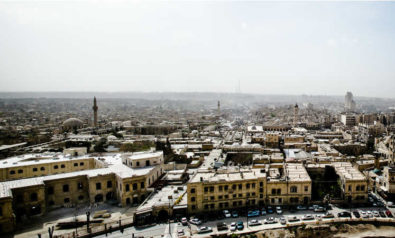
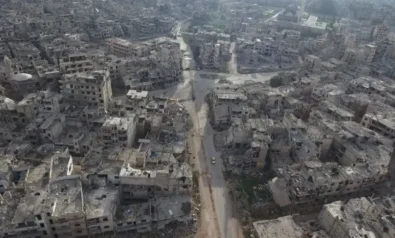
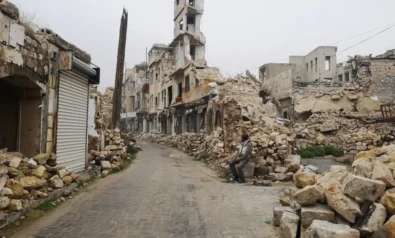
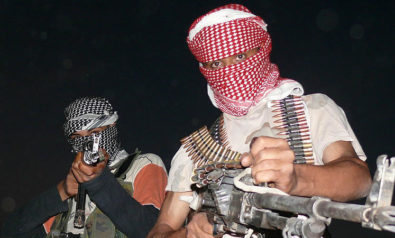
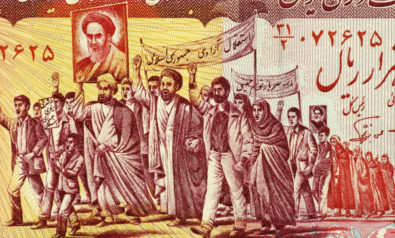

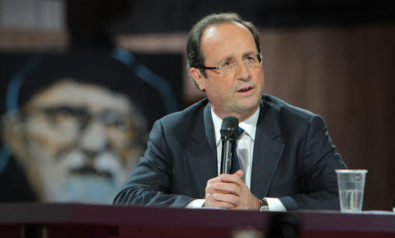
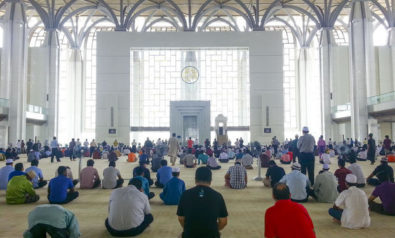
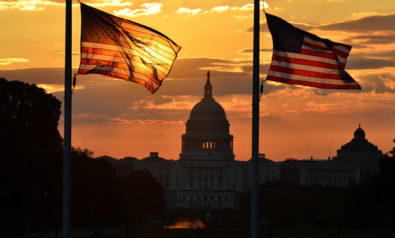

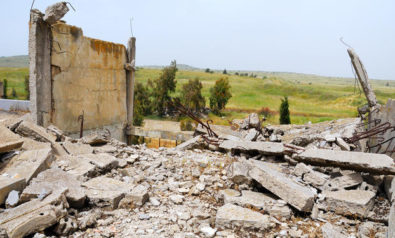
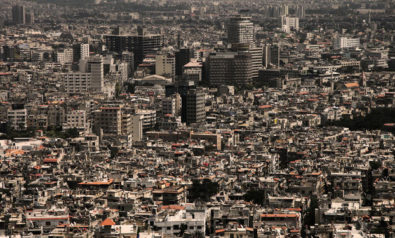

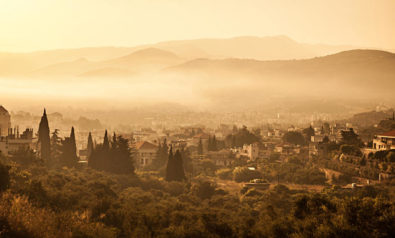
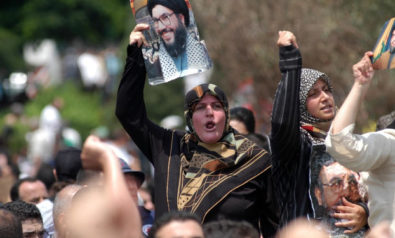
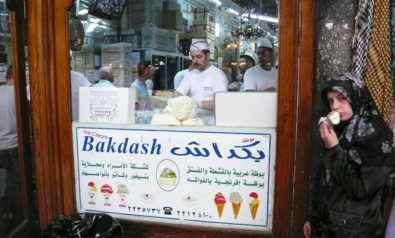


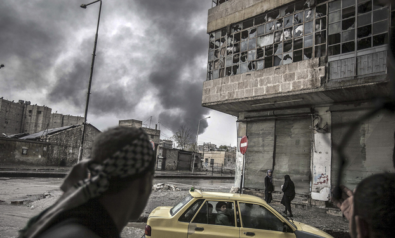
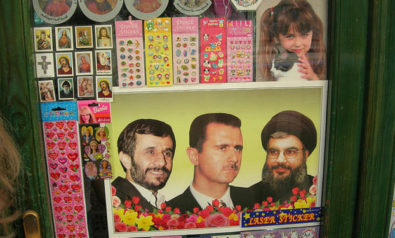
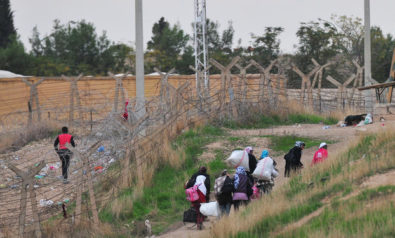
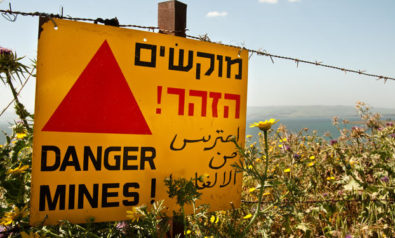
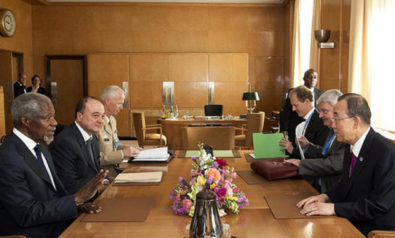
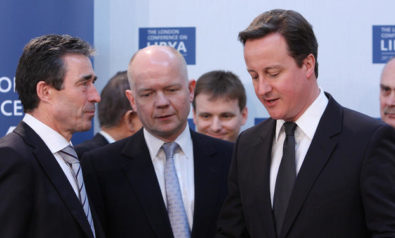
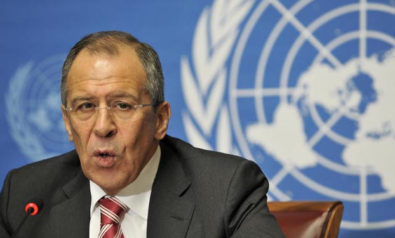

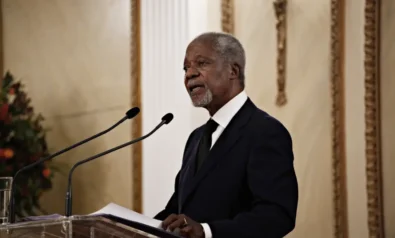
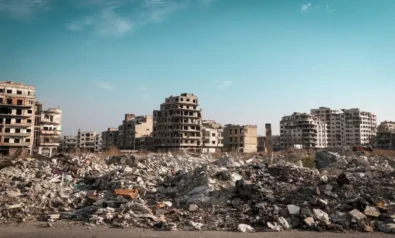
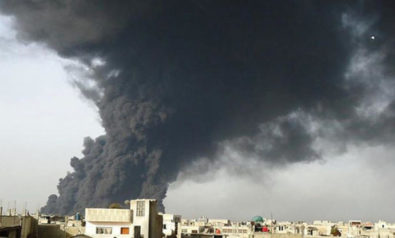

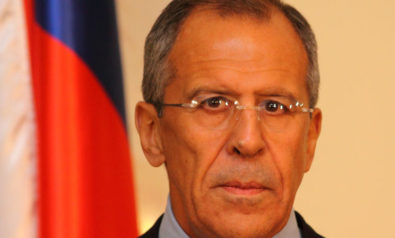
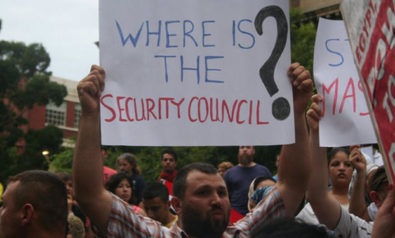
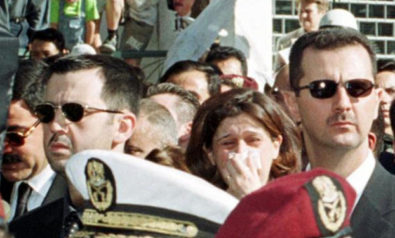

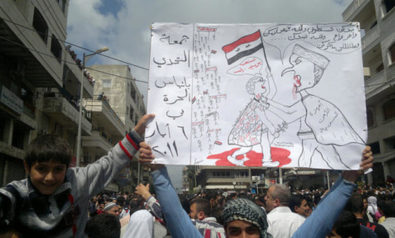
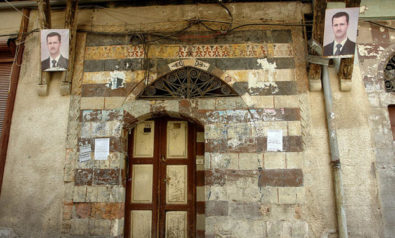

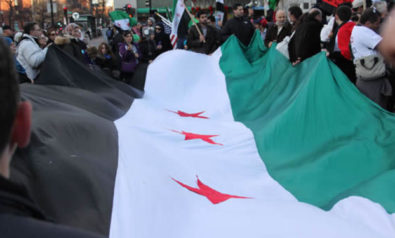

Comment